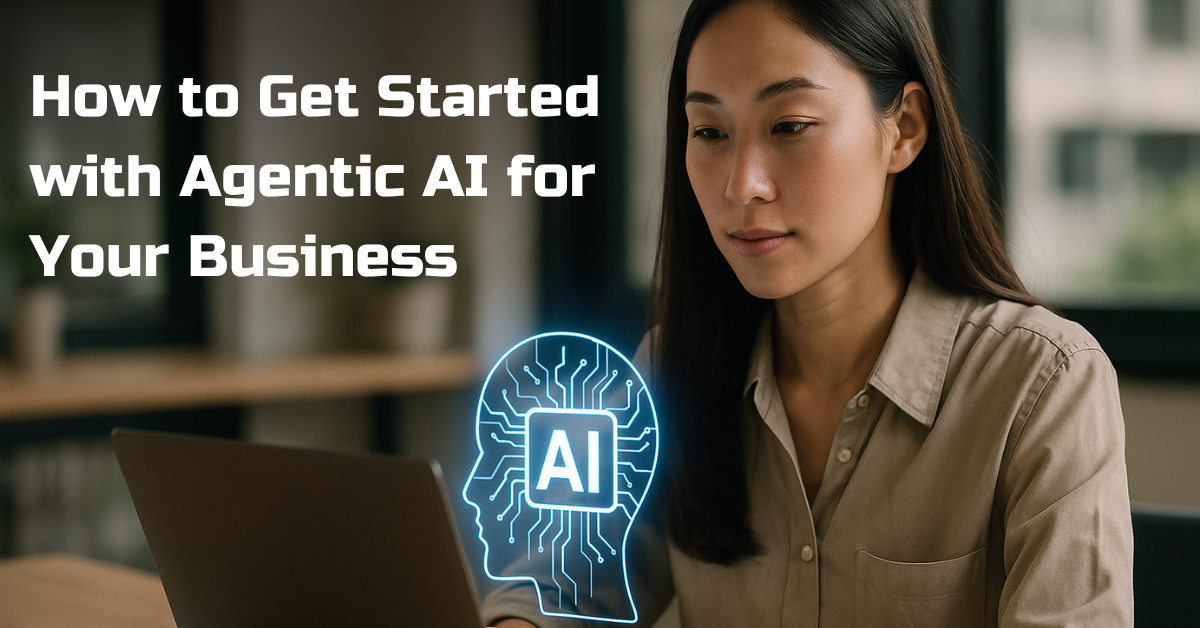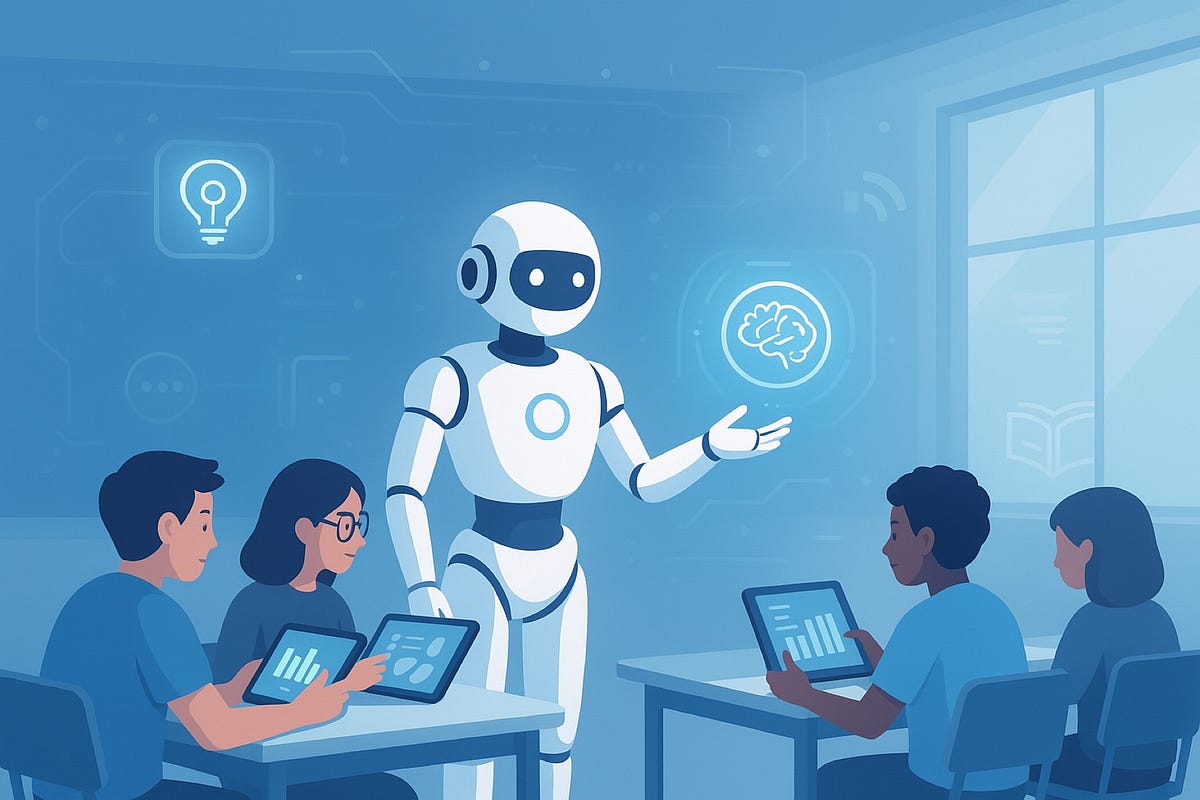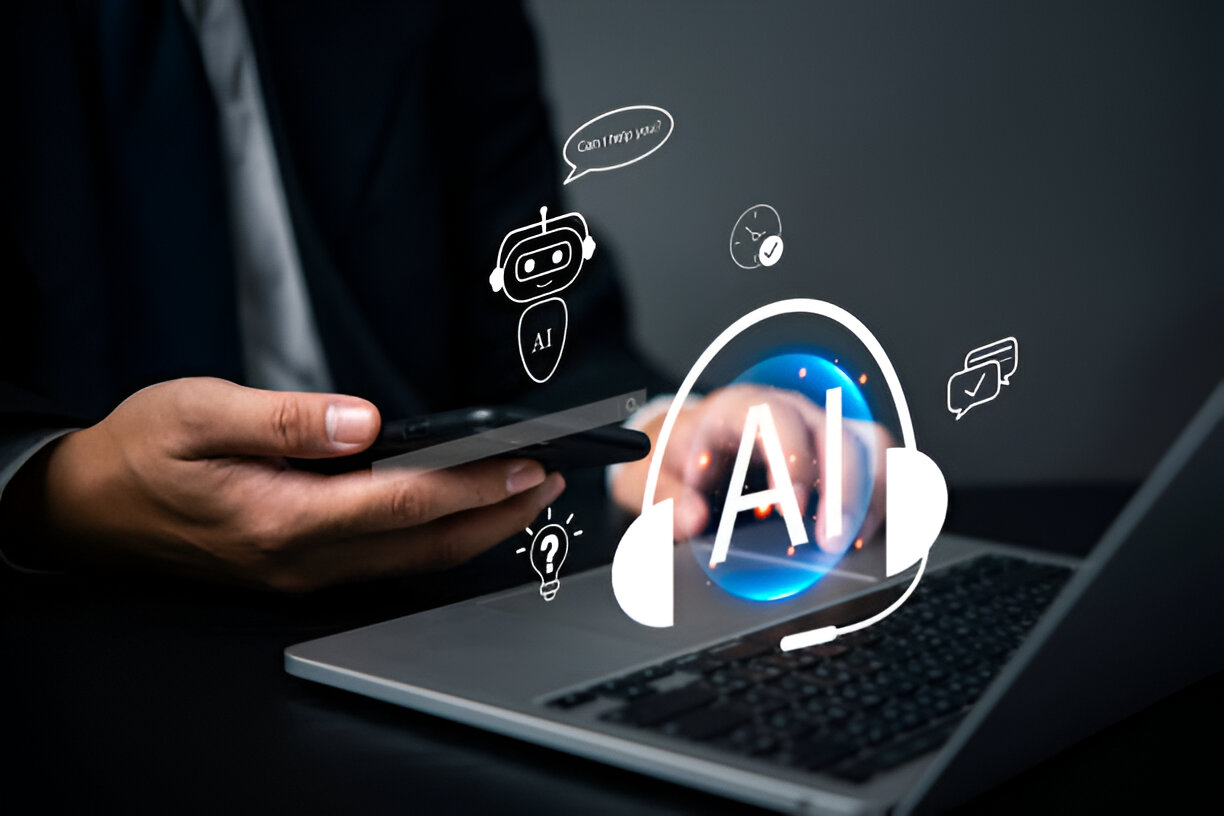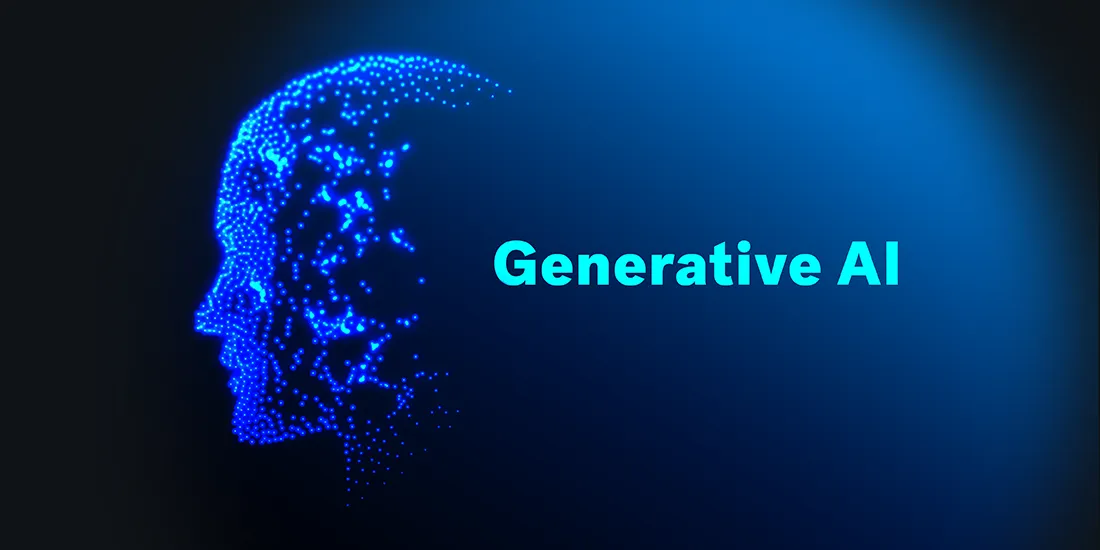Time is money. For businesses, time is an expensive resource. Every minute counts. If spent well, it positively impacts their work.
- Happier customers
- Less wasted effort
- More output with existing resources
With the advent of AI, organizations have started to use numerous tools to save time and boost the productivity of the team. Although conventional AI technologies can be employed, they usually require the involvement of the human factor and can deliver false information.
That’s where agentic AI comes in. These independent bots can finish difficult tasks and make decisions on their own. While traditional AI follows predefined workflows, Agentic AI:
- Helps Developers save up to 10 hours per week
- Customer queries are resolved faster.
- Capable of learning continuously.
If you want to save hours, this article will tell you how you can implement Agentic AI.
Understanding the Basics: What is Agentic AI?
If you aren’t familiar with this tool, Agentic AI is a new class of artificial intelligence. They go beyond traditional automation and offer deep domain-specific intelligence. According to IBM, 83% of surveyed leaders expect Agentic AI to improve process efficiency by 2026.
3 technologies are used for Agentic AI. They are:
- Natural Language Processing (NLP): To answer questions posed by customers and solve billing issues.
- Machine Learning for real-time updates.
- Make your automated processes work together smoothly, from start to finish.
Through Agentic AI development services, businesses can let Agentic AI take over complex tasks and execute multi-step workflows.
How Can You Add AI Agents to Your Workflow?
Adding these agents requires meticulous planning. You can get support from an AI development company if your team lacks the expertise. But if you’re planning to do it yourself, follow this process below:
- Identify Suitable Use Cases
Identify tasks that consume your time the most. Agentic AI can take over these tasks for you. Tools like workflow mapping software can be used to check delays. You can use these agents for customer service or managing your marketing campaigns.
- Assess Your Current Infrastructure
You need to assess the software you’re using to check if it can support these agents. Review the data quality and the system architecture. If your data is well-structured, it’ll be easier for Agentic AI to function.
- Choosing the Tools and Platforms
Selecting the tools depends of various factors like:
- Team’s experience
- Project complexity
- Company size
The platform can vary from low code to no code, which are suitable for smaller businesses. Additionally, these agents can be used in different departments such as HR, CRM, and marketing.
- Develop and Train Agentic AI
To develop these AI agents, you’ll need to check a few things off the list:
- Design workflows
- Prepare quality datasets
- Conduct training processes
It’s important to test these agents in live environments to catch errors and improve it’s performance.
- Pilot and Refine
Test your agents by attempting small projects initially. Use the input given by your stakeholders to enhance your AI agents. This data will aid you in containing your expenses and making users more satisfied.
- Scale and Monitor
When you feel happy with the outcomes, utilize these agents on bigger projects. Make a list of the rules you want your Agentic AI to follow. By doing so, this will help in the shift of the small projects to the large projects.
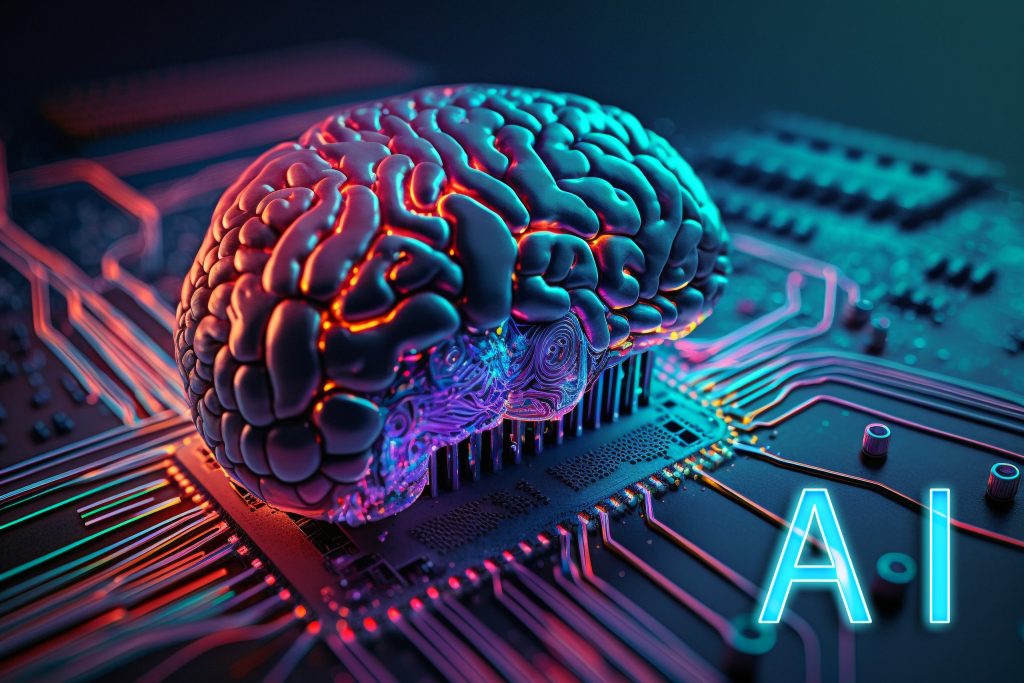
Challenges Agent AI Brings
There are some challenges that could be involved in the implementation of these agents in your workflow.
- Data Silos
Adding accurate information might be difficult if it’s trapped within disconnected systems. This can limit agentic AI’s capabilities in making decisions.
- Employee Training
You’ll need to train your staff on how to use Agentic AI for their tasks. There’s a chance that your team will be hesitant to use this new technology.
- Privacy Issues
These agents possess large amounts of information. Therefore, the risk of breach is too high. You’ll need to continuously monitor these agents and take accountability to address security concerns.
Future Trends of Agentic AI
These agents will transform the business modus operandi in the year 2026. The following are the top 3 trends to be considered:
- Evolving AI Architectures
Agentic AI will continue to refine AI algorithms, learn from feedback, and update decision-making frameworks.
- Decline of Chatbots
AI chatbots will be replaced by agentic AI systems that can resolve tickets and customer queries – on their own.
- Mainstream Adoption
Gartner predicts 40% of enterprise applications will use task-specific AI agents by 2026. It’s making a major shift from supportive automation to autonomous decision-making.
Conclusion
Concisely, Agentic AI is transforming the manner in which companies are handling business. With these agents, you will be saving time and leaving your team to work on other critical tasks.
When adding such agents to your process, you should remember that they are based on high-quality data. You’ll need to have all of your data organized and be conscious of the difficulties that it brings.
If you lack the time or skill to complete this task on your own, you may always hire an AI development business.

